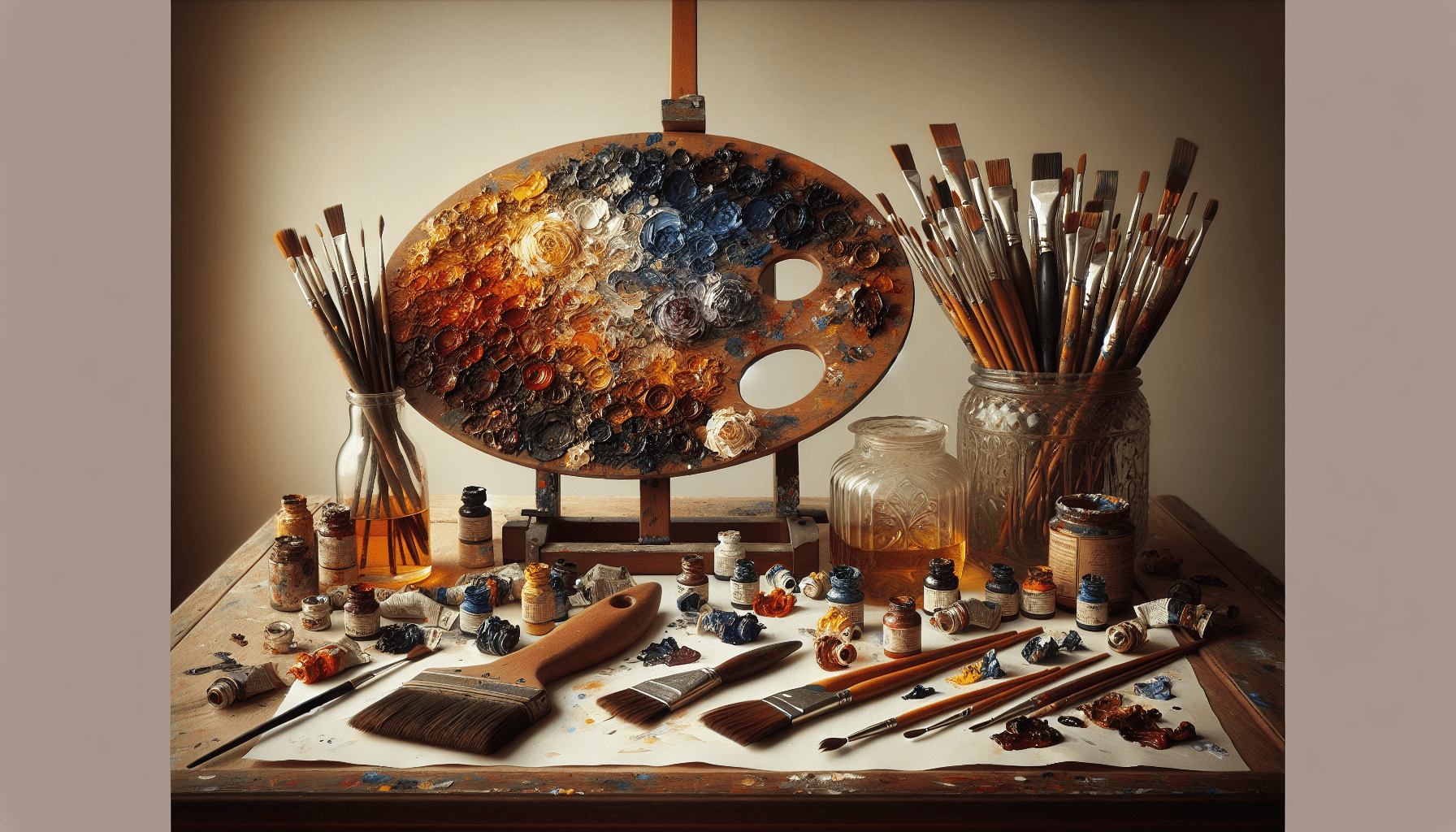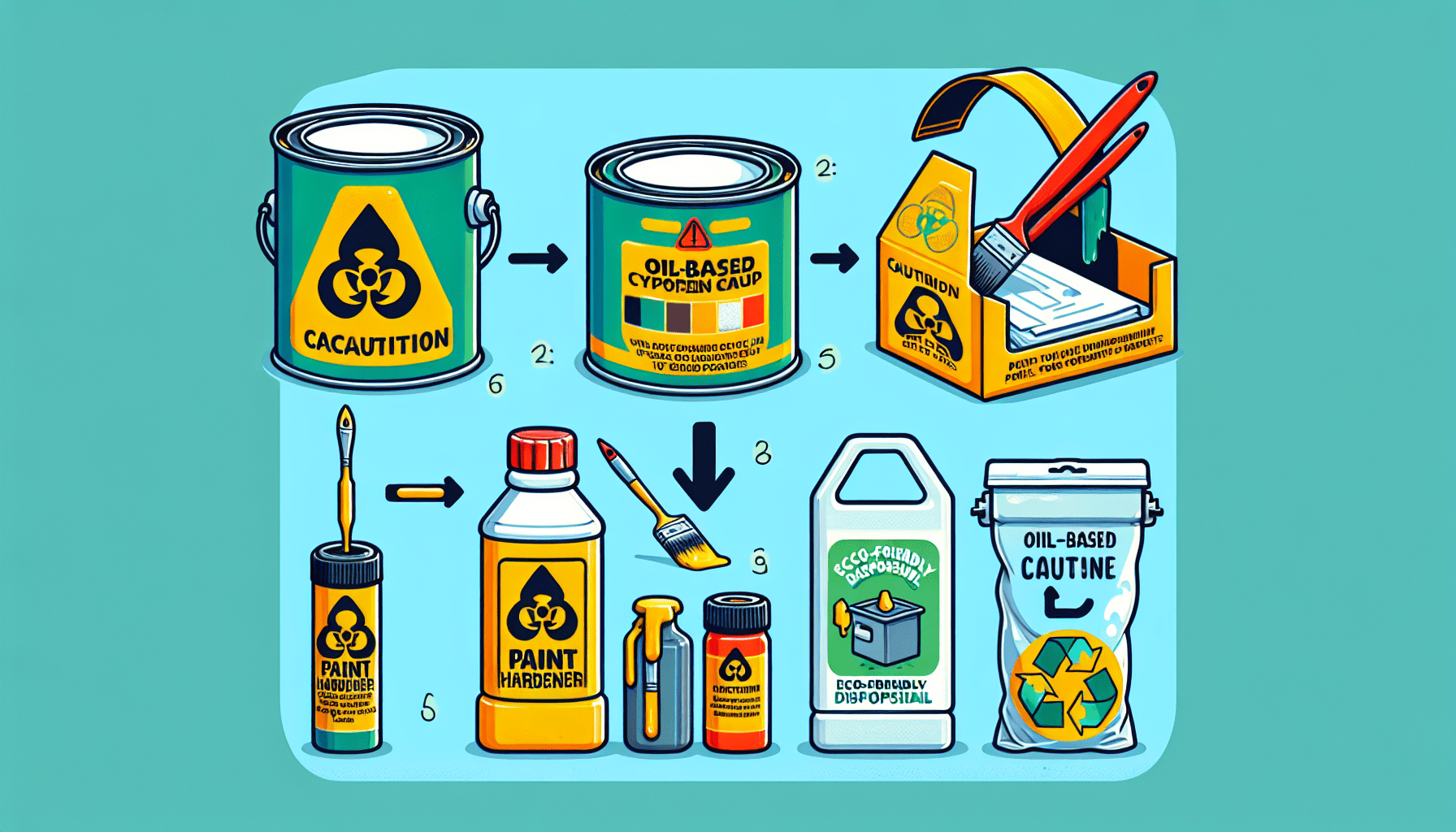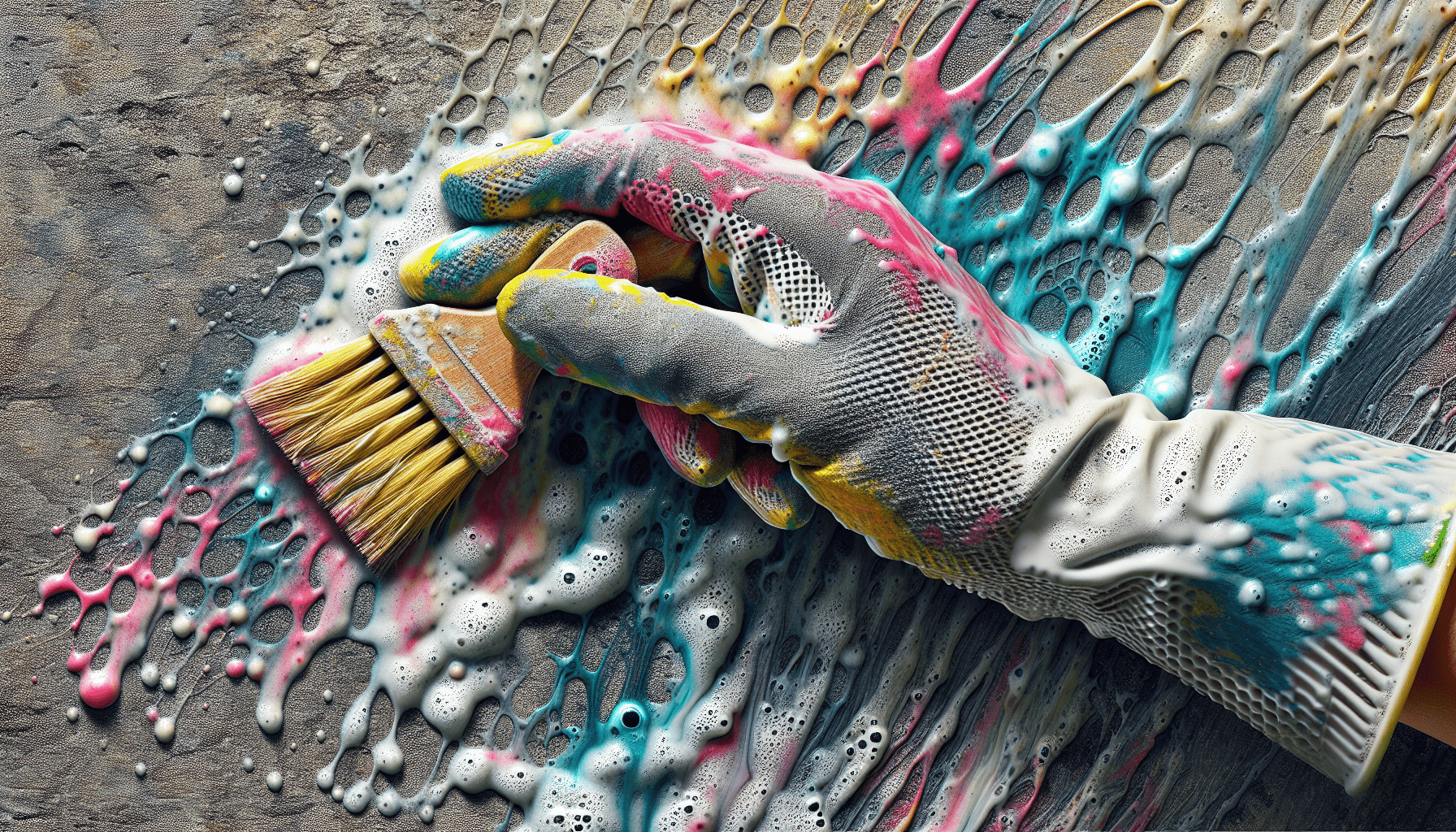In your venture into the world of oil painting, acquiring the right materials is paramount to your success and artistic fulfillment. This comprehensive guide, “What Do I Need To Oil Paint,” provides an extensive overview of the essential tools and supplies you will need to create your masterpieces. From selecting high-quality paints to choosing the perfect brushes and canvases, the article delves into each component with precision and offers practical advice on how to set up your workspace efficiently. Additionally, you will learn about vital mediums and solvents that enhance your painting techniques while ensuring the longevity of your work. Embark on your artistic journey well-prepared with this indispensable resource. Have you ever wondered what you need to get started with oil painting? As a classic and revered medium, oil painting can appear both tempting and intimidating to newcomers. This article will provide you with a comprehensive insight into the tools and materials required for oil painting, ensuring you’re well-prepared to embark on your artistic journey.
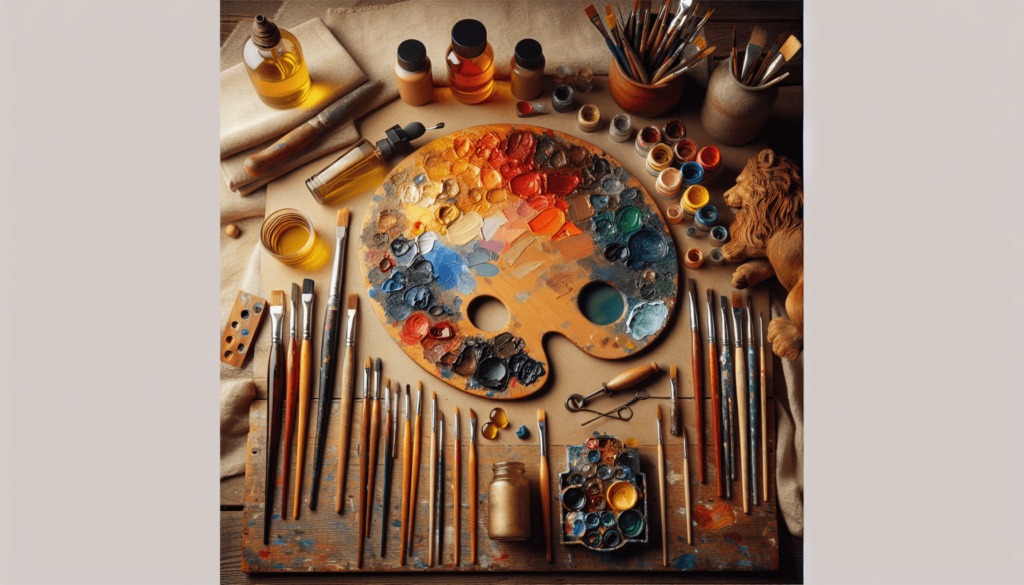
Introduction to Oil Painting
Oil painting has been a preferred medium for artists for centuries due to its rich texture, vibrant colors, and versatile techniques. The beauty of oil painting lies in its ability to produce profound depth and realism, making it a cherished medium for creative expression.
History and Popularity
Since its adoption in the 15th century, oil painting has been cherished by renowned artists such as Leonardo da Vinci, Rembrandt, and Vincent van Gogh. Its continued popularity speaks to its capacity for creating detailed and luminous works of art.
Advantages of Oil Paints
Oil paints are celebrated for their slow drying time, which allows for extended blending and layering. They offer:
- Rich Color: Oil paints provide intense and varied hues.
- Texture: The consistency allows for a variety of techniques, from smooth blends to bold textures.
- Durability: Once dried and varnished, oil paintings are long-lasting and resistant to fading.
Essential Materials for Oil Painting
Beginning your oil painting journey requires assembling specific tools and supplies. The right materials ensure a smoother painting process and better results.
The Basics
Here are the fundamental items you’ll need:
| Material | Purpose | Recommendations |
|---|---|---|
| Oil Paints | The pigments to create your artwork | Quality brands like Winsor & Newton, Gamblin |
| Brushes | To apply and manipulate the paint | Natural bristles like hog hair |
| Palette | Surface for mixing your paints | Wood, glass, or disposable paper |
| Canvas | The surface you will paint on | Pre-stretched canvas or canvas boards |
| Easel | Holds the canvas in place while painting | Adjustable, sturdy easels |
| Palette Knife | For mixing paints and textural effects | Stainless steel or plastic |
| Mediums and Solvents | Modify paint flow and aid brush cleaning | Linseed oil, turpentine, Gamsol |
Detailed Breakdown
Oil Paints
Oil paints consist of pigments suspended in a drying oil, typically linseed oil. Quality paints have higher pigment concentrations, which result in vibrant colors and better coverage. While professional-grade paints may be pricely, they are worth the investment for serious painters.
Common Brands
- Winsor & Newton offers consistently high-quality paints with a broad range of colors.
- Gamblin is known for their environmentally friendly products and vibrant hues.
- Old Holland provides historically rich colors used by traditional masters.
Brushes
Choosing the right brush can significantly impact your creative process. Brushes come in various shapes and sizes, each serving a unique function.
Types of Brushes
- Round Brushes: Ideal for detail work and intricate areas.
- Flat Brushes: Useful for bold strokes and blending large areas.
- Filbert Brushes: Versatile and can be used for both detail and broader strokes.
Natural bristles, like hog hair, are preferred because they hold more paint and maintain their shape better than synthetic brushes.
Palette
Your palette is your mixing ground. Various options include:
- Wood Palettes: Classic and reusable, they need to be seasoned before use.
- Glass Palettes: Easy to clean and ideal for mixing colors.
- Disposable Paper Palettes: Convenient with no cleaning required.
Canvas
The canvas is the traditional support for oil paintings. Prepared canvases are pre-primed and ready to use, saving you the setup time.
Types of Canvas
- Pre-Stretched Canvas: Convenient and available in various sizes.
- Canvas Boards: Less expensive and ideal for beginners or studies.
- Roll Canvas: Customized stretching for large-scale works.
Easel
An adjustable and sturdy easel will support your canvas and allow for a comfortable painting position. Look for easels that can be adjusted for both height and angle.
Palette Knife
A versatile tool beyond mixing paints, it can be used to apply paint for texture, scrape off mistakes, and create impasto effects.
Mediums and Solvents
Mediums modify the paint’s texture and drying time, while solvents are necessary for thinning paints and cleaning brushes.
Popular Mediums and Solvents
- Linseed Oil: Commonly used to increase paint flow and gloss.
- Turpentine: Traditional solvent for thinning paints and cleaning.
- Gamsol: Odorless mineral spirit, safer than turpentine.
Additional Tools
Other supplementary tools and materials can enhance your painting experience.
| Tool | Purpose | Recommendations |
|---|---|---|
| Varnish | Protects the finished painting | Dammar varnish, spray varnish |
| Mahl Stick | Provides a steady hand while painting | Wooden stick with padded end |
| Paint Extender | Increases paint volume without pigment loss | Alkyd medium |
Setting Up Your Workspace
A well-organized and comfortable workspace is crucial. Ensuring you have a dedicated area for painting helps maintain focus and workflow efficiency.
Choosing Your Space
Select a space that offers good natural light, adequate ventilation, and enough room for your supplies and easel.
Organizing Supplies
Keep your supplies within easy reach. Use shelves, carts, and storage boxes to organize your paints, brushes, and other tools.
Preparing to Paint
Before you start applying paint to your canvas, some preparatory steps should be taken to ensure a smooth painting session.
Priming Your Canvas
Priming your canvas with gesso seals the fibers, making the surface less absorbent and enhancing paint adhesion.
Sketching Your Composition
Lightly sketching your composition with a pencil or thin paint helps guide the painting process.
Mixing Colors
Spend time mixing colors on your palette to achieve the desired hues. Correct color mixing is integral to your artwork’s success.
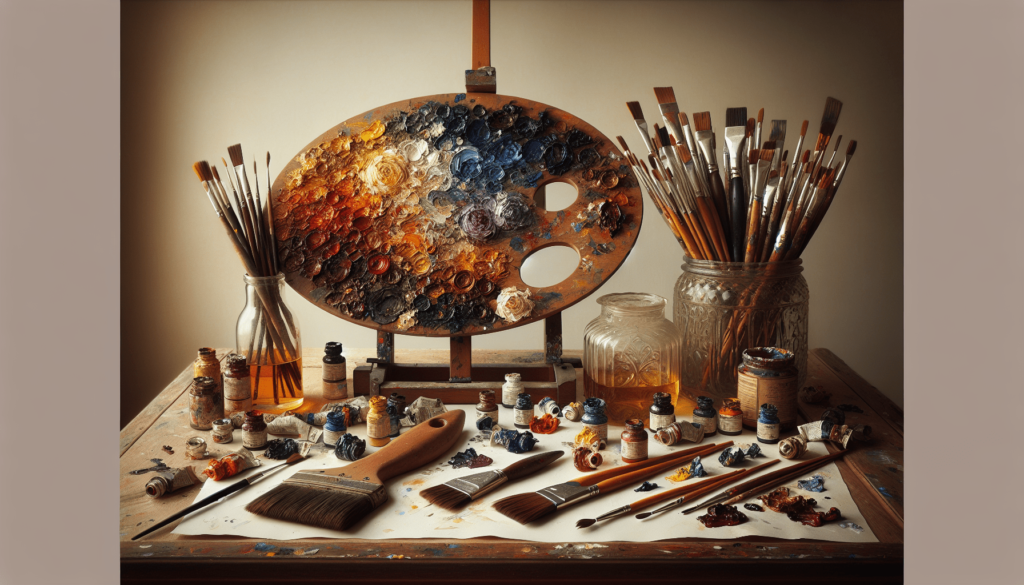
Understanding Techniques
Oil painting encompasses various techniques that can be used to achieve different effects. Familiarize yourself with these to expand your artistic repertoire.
Wet-on-Wet Technique
Applying fresh paint onto wet layers allows for seamless blending and soft transitions.
Glazing
Glazing involves applying thin, transparent layers of paint over dry layers to create depth and luminosity.
Impasto
Impasto is the application of thick paint to create textured, three-dimensional effects on the canvas.
Scumbling
Scumbling is a technique where a dry, thin layer of opaque paint is lightly dragged over a dry layer, allowing the underlying color to show through subtly.
Practicing Safety
Oil painting involves materials that can be hazardous if not handled properly. Ensuring your safety is paramount.
Ventilation
Always work in a well-ventilated space, as fumes from solvents and some pigments can be toxic.
Proper Disposal
Dispose of solvent-soaked rags and other waste materials properly to prevent fire hazards.
Skin Protection
Wear gloves and avoid prolonged skin contact with paints and solvents to prevent irritation and absorption of harmful substances.
Developing Your Style
As you grow more comfortable with oil painting, you will naturally begin to develop your style.
Experimentation
Don’t be afraid to experiment with different techniques, color palettes, and tools. This creative exploration is fundamental to finding your unique voice as an artist.
Consistency
Regular practice and study will enhance your skills. Consider setting up a schedule that allows ample time for painting.
Seeking Inspiration
Study works by both classical and contemporary artists. This will provide you with insights into various techniques and uses of color.
Building Confidence Through Practice
Confidence in oil painting comes with practice and persistence. Here are strategies to build your confidence.
Start Small
Begin with small projects to avoid feeling overwhelmed. This makes the learning process more manageable and enjoyable.
Accept Mistakes
Every artist makes mistakes. View each error as a learning opportunity rather than a failure.
Seeking Feedback
Constructive feedback from peers, mentors, or online communities can provide valuable insights into your progress and areas for improvement.
Conclusion
Embarking on your oil painting journey requires the right tools, a good understanding of techniques, and lots of practice. By assembling quality materials, setting up a functional workspace, and consistently honing your skills, you will find joy and satisfaction in this timeless art form. Remember, patience and perseverance are key, and over time, you will see your unique artistic voice emerge on canvas. Ready your brushes and paints, and begin creating the masterpieces that await within you.
